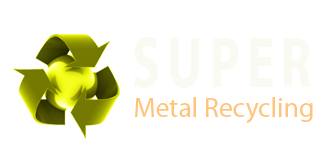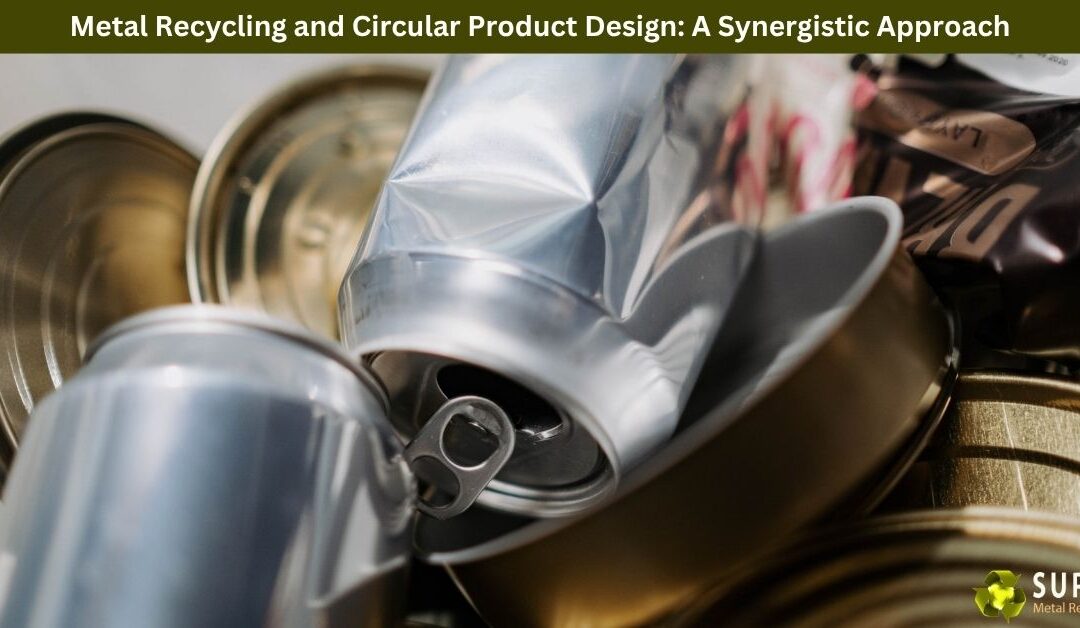We’ve all heard the phrase “reduce, reuse, recycle,” but when it comes to making a real difference in how we manage materials, there’s another concept worth paying close attention to: circular product design. And when combined with metal recycling, it forms a powerful, future-focused strategy for tackling waste, conserving resources, and creating smarter, more sustainable products.
Let’s break down what circular product design actually means, and how it connects — beautifully — with modern metal recycling.
What Is Circular Product Design?
At its core, circular product design is about designing products with their entire life cycle in mind — not just how they’re made and used, but what happens to them after they’re no longer needed. Instead of ending up in landfill, a well-designed product can be dismantled, repaired, reused, or recycled with minimal waste and maximum recovery.
Think of it as the opposite of “take-make-dispose.” Circular design aims to keep materials in use for as long as possible and recapture their value at the end of a product’s life.
This concept fits hand-in-glove with metal recycling.
How Metal Recycling and Circular Design Work Together
Metals like aluminium, steel, copper, and brass are ideal for circularity because they can be recycled infinitely without losing quality. But to make recycling truly efficient, products need to be designed in a way that makes disassembly and material recovery easy.
Here’s how the two approaches support each other:
- Simplified Material Separation: Circular design promotes using fewer mixed materials or combining them in ways that make separation easier. This speeds up metal recovery during recycling.
- Fewer Contaminants: Avoiding unnecessary coatings, glues, or composites makes metals cleaner and easier to recycle — which translates to higher-quality recovered material.
- Design for Disassembly: Products built with bolts instead of welds, or with modular parts, can be taken apart easily, which supports better sorting and recovery of metals.
- Recycled Content in New Products: The metals recovered from old products can be used to create new ones, creating a closed-loop system where materials constantly flow rather than stop and start.
In short, circular design makes metal recycling easier and more effective, and metal recycling provides the resources and infrastructure to support circularity.
Real-World Example: Circular Design in Action
Let’s talk about smartphones for a second. Many older phones were tough to recycle — full of glued-in batteries, tightly packed components, and hard-to-access screws. But today, some brands are rethinking this.
Companies like Fairphone have embraced circular product design by building phones that are modular, easy to take apart, and made with recycled metals. The aluminium in the casing? Recycled. The internal components? Designed for easier replacement and recovery.
This shift doesn’t just benefit recyclers — it reduces the environmental footprint, helps conserve rare resources, and creates jobs in repair and remanufacturing.
That’s a win across the board.
Circular Design in Manufacturing and Construction
Beyond consumer products, circular design is making waves in the building and manufacturing sectors too. Architects and engineers are starting to specify components — like steel beams, copper pipes, or aluminium cladding — that are designed to be removed and reused rather than demolished.
Recyclers working in this space are finding new ways to collaborate with designers and builders early in the process. This means less contaminated scrap, better separation, and higher rates of reuse or reprocessing.
It’s not just about tearing things down anymore. It’s about building things with the end in mind.
Challenges and Opportunities
Of course, there are still hurdles. Not all manufacturers are thinking circular (yet), and not all products are designed for easy metal recovery. But change is happening.
Governments are beginning to reward circular practices through policies and incentives. Consumers are asking more questions about what their products are made of. And recyclers — like us at Super Metal Recycling — are stepping up with smarter recovery technologies and partnerships.
We believe that when recyclers and designers work together, we create better systems that save resources, reduce emissions, and make our industries more resilient.
Just Before You Go
Metal recycling and circular product design aren’t just trends — they’re two sides of the same coin. One focuses on recovering value, the other on preserving it. Together, they create a loop that’s efficient, sustainable, and built to last.
At Super Metal Recycling, we’re proud to be part of this movement. Whether it’s working with manufacturers to recover clean scrap or helping businesses close the loop on their metal use, we believe the future lies in systems that give more than they take.
Circular isn’t just a design principle — it’s a mindset. And when we apply it to metal recycling, the results speak for themselves.
If you are in Vermont, and looking for a metal recycling service, this is the best way to visit us.
Super Metal Recycling
345 Frankston – Dandenong Road, Dandenong South VIC 3175
(03) 9706 4909


Recent Comments